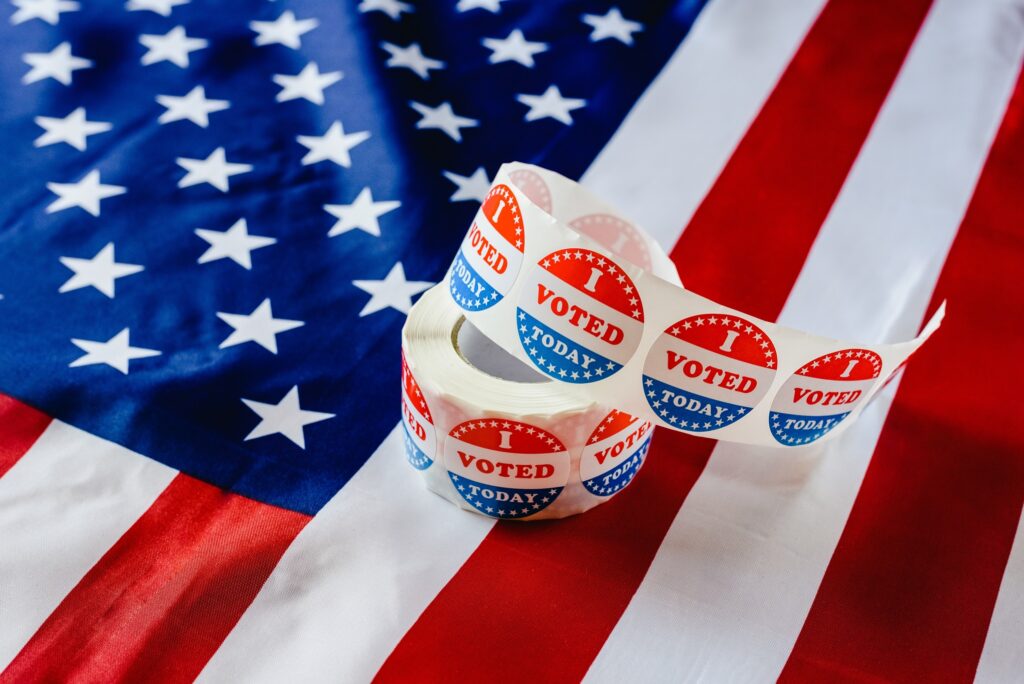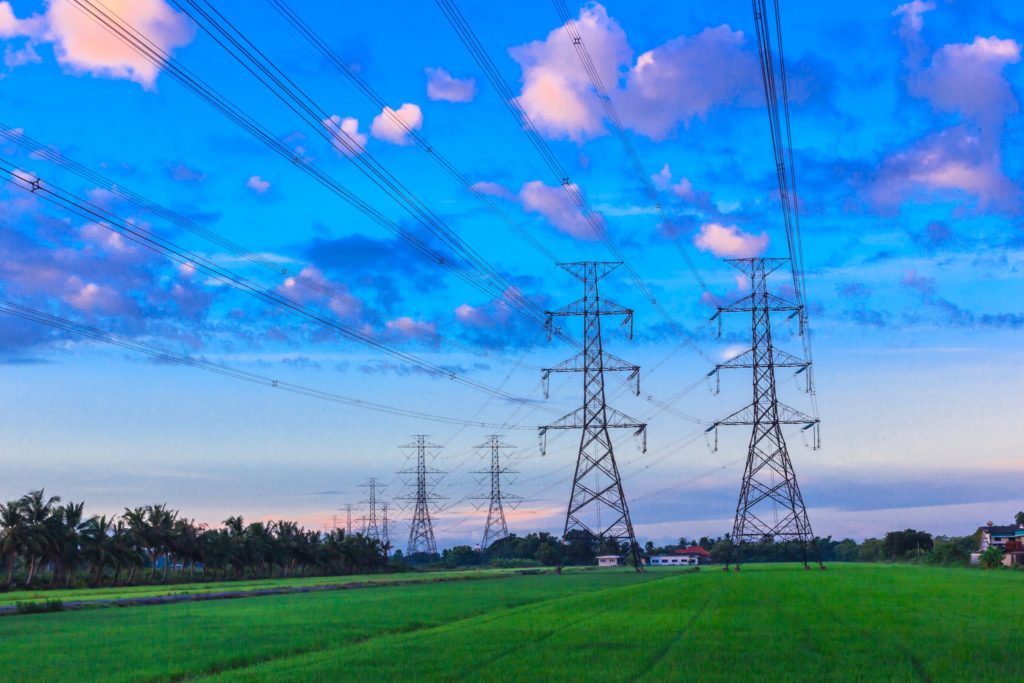(Un)happy Thanksgiving, from USDA’s family to yours
Every Thanksgiving, our pre-dinner routine is the same. We trek out, mile-long list in hand, to our local grocery store, prepared to fill our buggies with every food known to man so we can assemble the perfect Thanksgiving feast. We pick up cranberries for sauce, macaroni and cheese, all the fixings for stuffing, and of course, a turkey. As our cart begins to pile high, the inevitable thought comes into our heads: “This is going to cost a ton.”
This sticker shock is worth taking a moment to focus on, because unfortunately, a hearty chunk of that bill isn’t necessary. Government involvement in food markets, primarily through the farm bill but also through ethanol standards, has Americans paying twice for their food – first through increased prices in stores, and second through the revenue guarantees and other subsidy programs that our tax dollars support.
Let’s start with the centerpiece of the Thanksgiving meal: the turkey. Here the Renewable Fuel Standard (RFS) is mostly to blame. By requiring that a percentage of our fuel come from renewable sources, the government created a corn frenzy, with additional acres being plowed under for corn production and corn costs skyrocketing. Even though corn ethanol turned out to be a bust, the EPA chose last week to merely lower the ethanol target rather than repealing the RFS altogether. While corn prices have dropped, they are still a far cry from pre-RFS levels.
Corn feed for turkeys has risen $1.9 billion since 2005, and, according to the National Turkey Federation, is the primary reason turkey prices have skyrocketed from 79 cents in 2005 to 120 cents today. And even though the RFS was altered, taxpayers will make up a good bit of the difference through the revenue protection policies included in the farm bill, which kick in when prices dip too far below the recent record highs. So while corn itself may become cheaper, we’ll be making up the farmers’ losses through their subsidized insurance policies.
Beyond the turkey, your mac and cheese takes a bigger bite out of your bank account than necessary through the Dairy Product Price Support Program where the U.S. Department of Agriculture buys excess dairy products to keep prices artificially high. The same goes for any recipe using sugar, from the pies to the sweet potato casserole, as USDA’s sugar program restricts imports and purchases extra sugar for use in ethanol, all in an effort to keep sugar prices on target. And don’t forget, for anything using wheat, corn, rice, or barley, you are probably paying three times (or more!): at the grocery store, through direct payments (which are made to farmers annually by USDA based on historical crop production), and through the federal government’s support of the crop insurance industry (where farmers receive 62 percent on average of their insurance premiums and the industry receives $1.3 billion each year in support for administering policies).
The list could go on – it’s safe to say that most of the food on your Thanksgiving table has been touched by the government at some point. And USDA is always looking for ways to expand the net to support the foods that aren’t. All of this results in an incredibly skewed market and an ever-growing web of subsidies. Americans may have a lot to be thankful for this year in their private lives, but given the state of economy, it’s a safe bet that everyone would be grateful for a government that let them keep more of their own money each holiday season.






